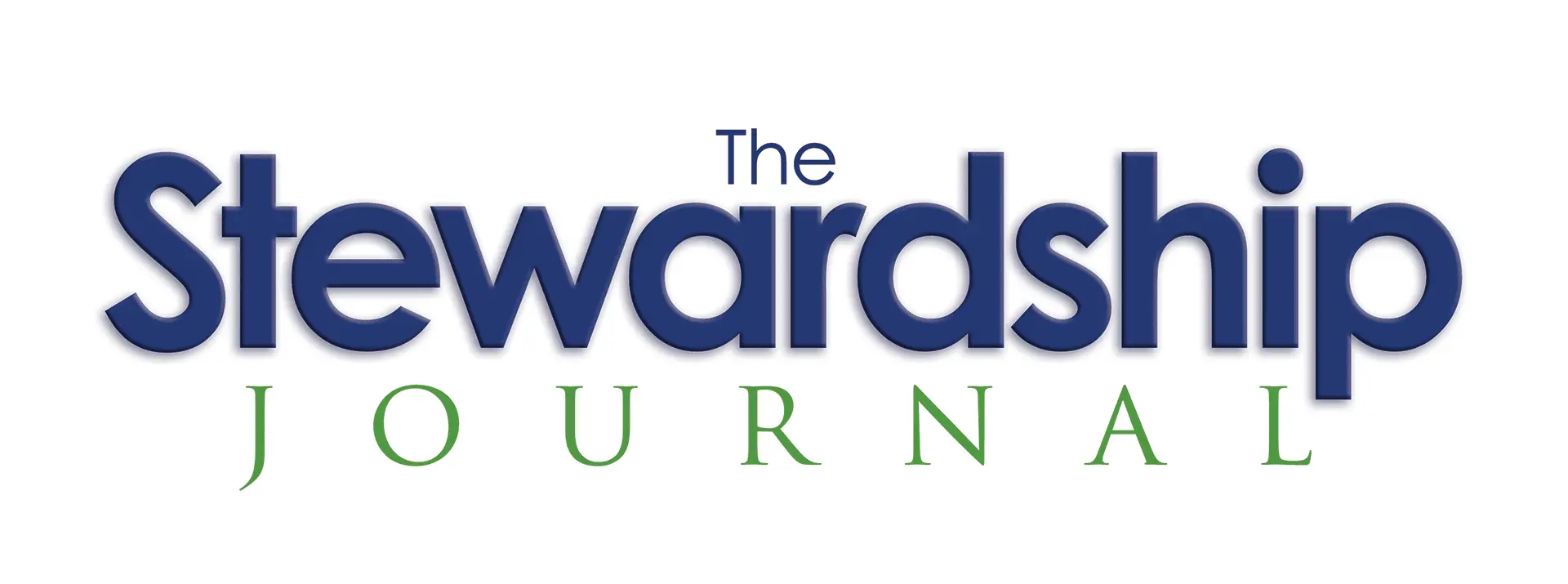Dennis Moses of Church Capital Resources has been my go-to guy when it comes to all things bank related. Dennis has over thirty years of experience in the banking industry having served as the Vice President of Church Lending for Bank of the West for many years. Now he serves as the CEO for Church Capital Resources. In preparation for this Coach, I reached out to Dennis to ask a few questions about his views on the current and future status of church lending.
As we move past Covid, what is the state of banking today as it relates to churches?
Dennis Moses: Covid revealed a lot of shortcomings in the church with regards to finances that have caused banks to look more acutely at their records and their cash flow. One result of Covid is banks are requiring more money to be held in reserve. Banks used to be satisfied if a church had at least two or three months of operating cash held in reserve. Now they want six months.
One other change we are seeing is in the formula that banks use to determine whether a church can handle the debt payment on a regular basis or not. The formula is called “Debt Service Coverage Ratio” (DSCR):
Debt Coverage Ratio = Net Operating Income
Debt Service Cost
The Industry Standard is 1.25:1. In church lending, the minimum is usually 1.10:1. The higher the number, the healthier the ministry. This ratio also reveals a church’s financial discipline. Does the leadership know how to create and follow a budget that creates margin?
Bottom line, it gauges a church’s ability to make its debt payments. If a church is at 1.1:1, it means they are working on a break-even budget and not able to save money. If it is below 1.1:1, the church is likely pulling money from savings to cover their debt payments. If greater than 1.1:1, the church can cover the payments and continue replenishing/increasing their reserves. Churches must now do a better job of managing cash flow if they want lenders to favorably consider their loan request for approval.
I think one of the other things that have changed is the fact that banks want good record keeping. I have found that many churches fail to keep good records. If a church’s records are sloppy, banks are not going to even talk with them. If a bank struggles to get information from the church before the loan, how much more difficult will it be after the loan is granted? So, lenders are asking, do you keep good records? Churches must do a better job of bookkeeping or, again, they will never acquire a loan.
What other things are lending institutions looking for when a church applies for a loan?
Dennis: Lenders are looking closely at trend analysis. They want to know the demographics of your church. They want to know if a church is doing internal tracking of attendance, connectivity, and revenue. What does your virtual church look like? How much does the virtual church contribute? Do you have the same amount of people week to week as you do on Easter and Christmas? If not, what are you doing about that? If revenue is down and expenses are up, what are you doing about that? I am finding they want a lot more documentation on all kinds of things from attendance to cash flow. If a church can’t produce documentation in a timely manner, it puts the church at a disadvantage.
There is a lot of news about the rise in interest rates. How will this impact churches?
Dennis: At the beginning of 2022, we were still seeing the interest rate spread on a five-year loan from a low of 2.85% to a high of 4.50%. Today we are at 5% to 6.25%, worst case scenario, on the same loan. With inflation, I think rates are going to continue to rise. I don’t see rates getting lower until 2026 and rates always go up faster than they come down. Another thing we are seeing is a shorter period for paying the loan. Very few lenders are using a 10-year loan. Most are looking at the most 5 years. If I were a church with a loan, I would seriously look at paying it off in the next three to four years. If that is not possible, then I would begin a process to re-finance before the rates skyrocket. I find it sometimes hard to get church leaders to consider refinancing. We have a lot of storm clouds ahead of us with inflation and other issues that we must keep our eyes on our debt. I would counsel churches to get their ducks in order before they make a presentation to any lending institution.
One thing I would advise churches to do is to look closely at the documents a lender gives you and be aware of the fine print in the covenants of your loan. Banks can use fine print in the covenants to call the loan.
I am often asked what is a healthy debt to budget ratio for a church?
Dennis: Ideally, I like to see around 25% but no more than 30% of a church’s annual budget be earmarked for debt payments. Personal budget averages around 50%. This leaves only 20-25% for ministry and missions. Of course, my goal is to help churches pay down their debt quickly as that money can then be released for missions and ministry.
Share with our readers why they should engage Church Capital Resources?
Dennis: Our business has doubled since Covid because there have been so many changes to underwriting that it makes it difficult, if not impossible, for a church to navigate through all these changes. Most staff and laity don’t have the time nor the knowledge to wade through all of this. We understand banking and can not only save you money but also the time it takes to acquire a loan. We look to match the lender with the church, and we work with over 20 church-friendly lenders.
If you would like to know more about church lending and Church Capital Resources, contact Dennis at moses@churchcapitalresources.com.

